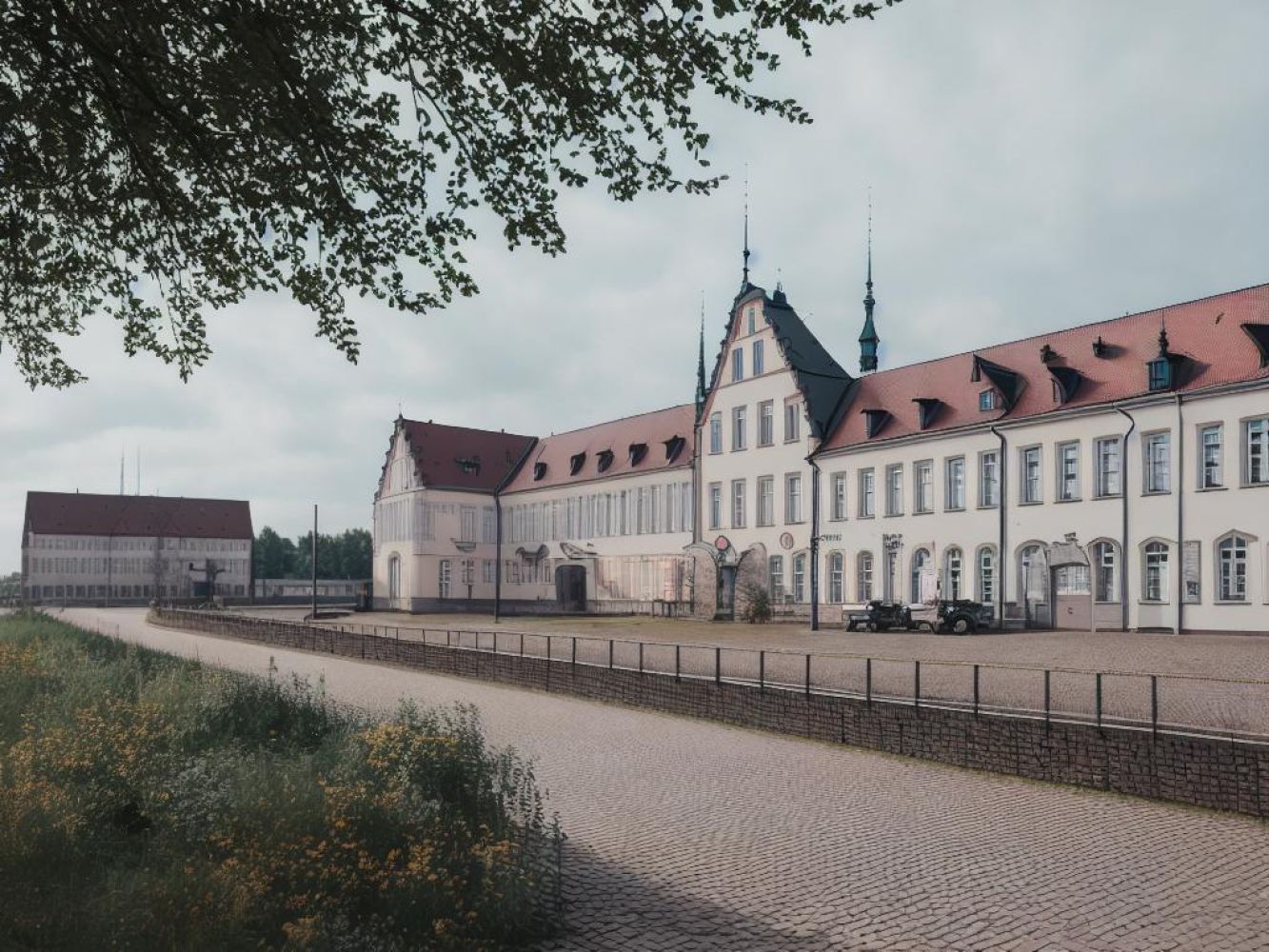Understand
The history of the region, known as Elm, dates back to medieval times when limestone was mined. This limestone was used for significant landmarks like the tomb of Henry the Lion and the imperial cathedral of Knigslutter. In the Middle Ages, Knigslutter was one of the wealthiest cities in the Holy Roman Empire. A major milestone occurred in 1576 with the establishment of the University of Helmstedt, which became the largest Protestant university in Germany. During the 19th century, the Duchy of Brunswick created administrative districts, one of which was the District of Helmstedt. This district was divided into different regions including Calvrde, Knigslutter, Helmstedt, Schningen, and Vorsfelde. Over time, there were territorial changes, such as the relocation of the Calvrde region to the District of Haldensleben in 1944. In the 1970s, further administrative reforms led to the redistribution of areas to other districts. Throughout the 20th century, the Helmstedt region was extensively used for lignite mining. Unfortunately, this resulted in the destruction of several villages like Alversdorf, Bddenstedt, and Runstedt. The affected inhabitants had to relocate to Helmstedt, Schningen, and the newly built village of Neu Bddenstedt, which was later renamed Bddenstedt.








Comments
NO COMMENTS